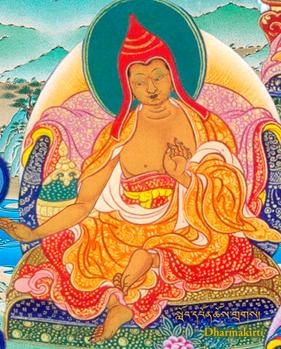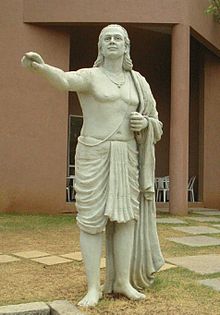Early Indian and Chinese Physics
Dharmakirti

200 BCE - An Indian physicist, developed
earlier ideas on the concept of atomism. He took a slightly more
philosophical approach to matter, and theorized that all forms
of matter are composed of similar particles, and the
relationships between atoms give forms of matter their
differences. He defined an atom as a simple point in space. Aryahabhata

500 BCE - Focused on astronomy and
mathematics in India. He is the earliest to believe that the
Earth itself rotated, which caused sunrise and sunset, though
his model of the solar system was geocentric. His students used
his models and observations to develop the earliest
comprehensive heliocentric model of the solar system. 
Shen Kuo

1031-1095 - A Chinese physicist, studied
magnetism. By having a rough understanding that Earth itself had
magnetic qualities, he developed the first magnetic compass by
rubbing a steel needle with lodestone. His magnetic compass
replaced the previously used "South Pointing Chariot" which was
completely ineffective, and led to an increase in Chinese ships
returning home.